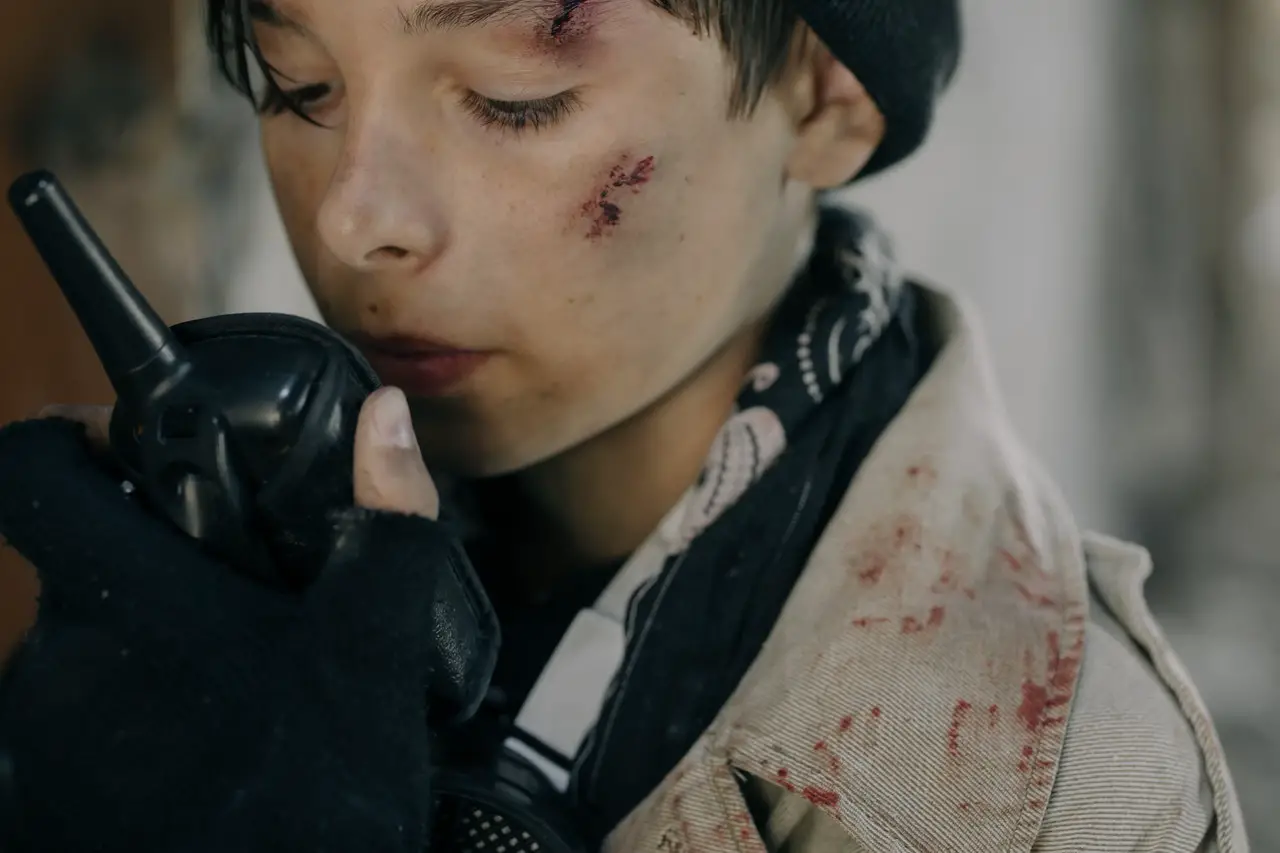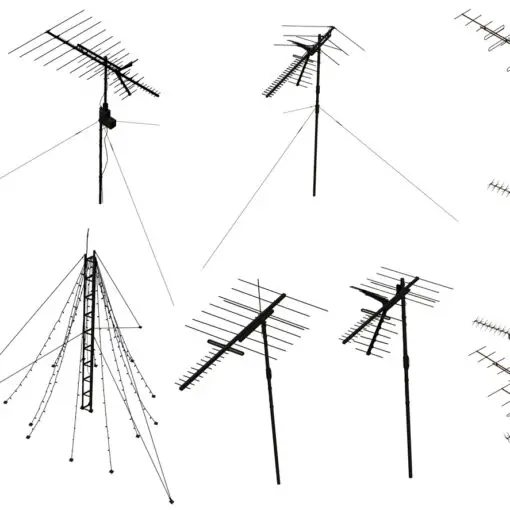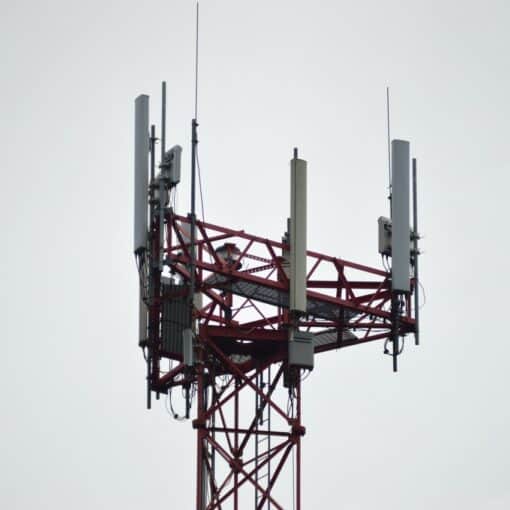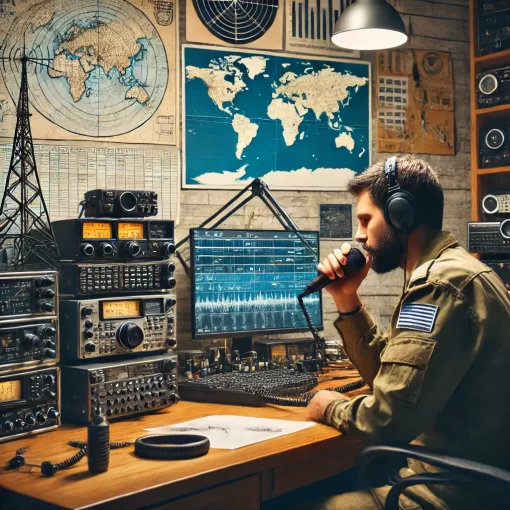Etiquette isn’t just about knowing which fork you will use when you are in a formal dinner. In this article, we will discuss live chat ham radio etiquette, or ragchewing as it is called.
Know when to speak
Just as knowing where to speak is an important part of Ham Radio Etiquette. It is important to know when to speak. During the day, a weekday is the best time to find or throw a rag. However, be aware of the time zone difference when calling someone remotely. During the week, whisperers are in their daily work or travel and seek out contacts.
However, on weekends there is tremendous traffic on the radio waves, and a lot of it is organized – DX-ing, networks, and various other functions. The good news is that there are many people on the air, but the bad news is that boycotting networks for informal conversation is rude.
Know where to speak
By now, you need to know enough about how amateur radio works to assume that you can’t turn on your radio and talk on any frequency. However, you won’t find specific frequencies for “ragchew” in the manual. Some areas of the radio spectrum should be avoided to ensure Ham Radio Etiquette.
In general, for RF frequencies below 30 MHz, it is advisable to have an audio connection in the top two-thirds of the range, while data modes like Morse Code can be found in the lower third. DX or long-distance contact competitions are usually held at the lower end of the range as well. This is true for two reasons. It is difficult to communicate remotely because the signals are much weaker than contacts at a short distance.
Because of this, DX hams tend to cluster in the same isolated region of the cluster. Second, when the domains were initially divided into their various subdomains, very few upper layer operators were found in each domain’s lower parts.
Networks, which are usually very arranged meetings and places for certain types of conversations, are usually far from the group’s DX. While DX-ing occurs at the bar’s bottom, most of the strands are in the top third of the bar.
The amateurs have the responsibility to stay away from these frequencies during this time. ARRL will post notices of these emergency restrictions and post them in the air and on its website.
As you adjust the group, it becomes clear which repeaters will welcome the conversation and which will not. If you can find a repeater that will make the conversation easier, you shouldn’t have any problems creating contacts.
To find one, just listen to someone say something like this, “AC6V monitor …” The AC6V is, of course, a callsign for an amateur looking for casual conversation. You can take a call from 1 to 2, like in “AC6V, this is KJ2B, this is KJ2B, it’s over.” You can repeat the callsign twice and use phonics, not letters.
Informal conversations should contain short conversation times for enhanced Ham Radio Etiquette. If the person speaks for more than four or five minutes, the repetition may time out. The timeout function is used to prevent the transmitters from overheating. It’s just polite not to have a monopoly on the airwaves and prevent others from speaking.
Some repeaters are closed to the general public, and you should always read the manual before starting one. However, you can use a closed repeater in an emergency.
Get to know Ragchewer
When you hear a live chat, some signs indicate that it may be a conversation that welcomes your input. It is allowed to break in or “interrupt” a conversation. However, most of the hams will welcome extra contact into the conversation, but the only way to check is to hear the verbal cues you get from the conversation.
There are some signs that you should point out that the conversation doesn’t require additional communication. If the conversation has many incoming calls, it is likely a competition – a DX competition. This is not intended for conversation purposes, just a competition to see who can contact the most distant station. If you want to enter the contest, reply, but if you’re looking for a piece of cloth, change the frequency.
Professional operation
Part of Pork Radio’s beauty is being part of a larger pork community that provides useful service to the community. Amateurs have the benefits of hobby radio, including access to frequencies and protection from rules and interference. Many family members return the favor by helping in an emergency by providing contacts and trained radio operators.
Emergency organizations
Certified pork is often needed for support in times of crisis and emergency. Hams has used his voice and technological know-how on earthquakes, fires, natural disasters, and even collecting debris from the Columbia Space Shuttle crash.
After some wireless experience, licensees may want to comm, a wireless term for emergency communications. Emcomm is simply a communication that seeks to reduce the negative effects of emergencies.
The Amateur Radio Emergency Service (ARES), part of the ARRL field organization, is arguably the largest amateur radio emergency service worldwide. The individual departments of ARRL regulate ARES, and therefore, the geographic scope of the local departments of ARES depends on the population.
Hobbyists with some radio experience can apply for volunteer positions at ARES in their local ARRL departments. Vice heads of departments must assist certain department heads with tasks such as working with local networks and collecting reports from volunteers. Media representatives have good working relationships with local media and community leaders to promote public amateur radio services. State observers help licensed scouts comply with operating rules to avoid FCC violations, hearing unlicensed Hamburg, and other amateur radio interference. Technical professionals act as critical advisors and ARRL advisors in certain specialist areas.
ARRL provides training for licensed hams on how to deal with emergencies. These courses are subsidized and free for holders who pass them. Interested enthusiasts can visit the ARRL website arrl.org for more information.
ARES deals with emergencies to which public security and other civil agencies respond. Hams wishing to help ARES should register with the local ARRL department and join the local ARES team. ARES then carries out exercises and simulations for Hams so that they can respond effectively in an emergency.





